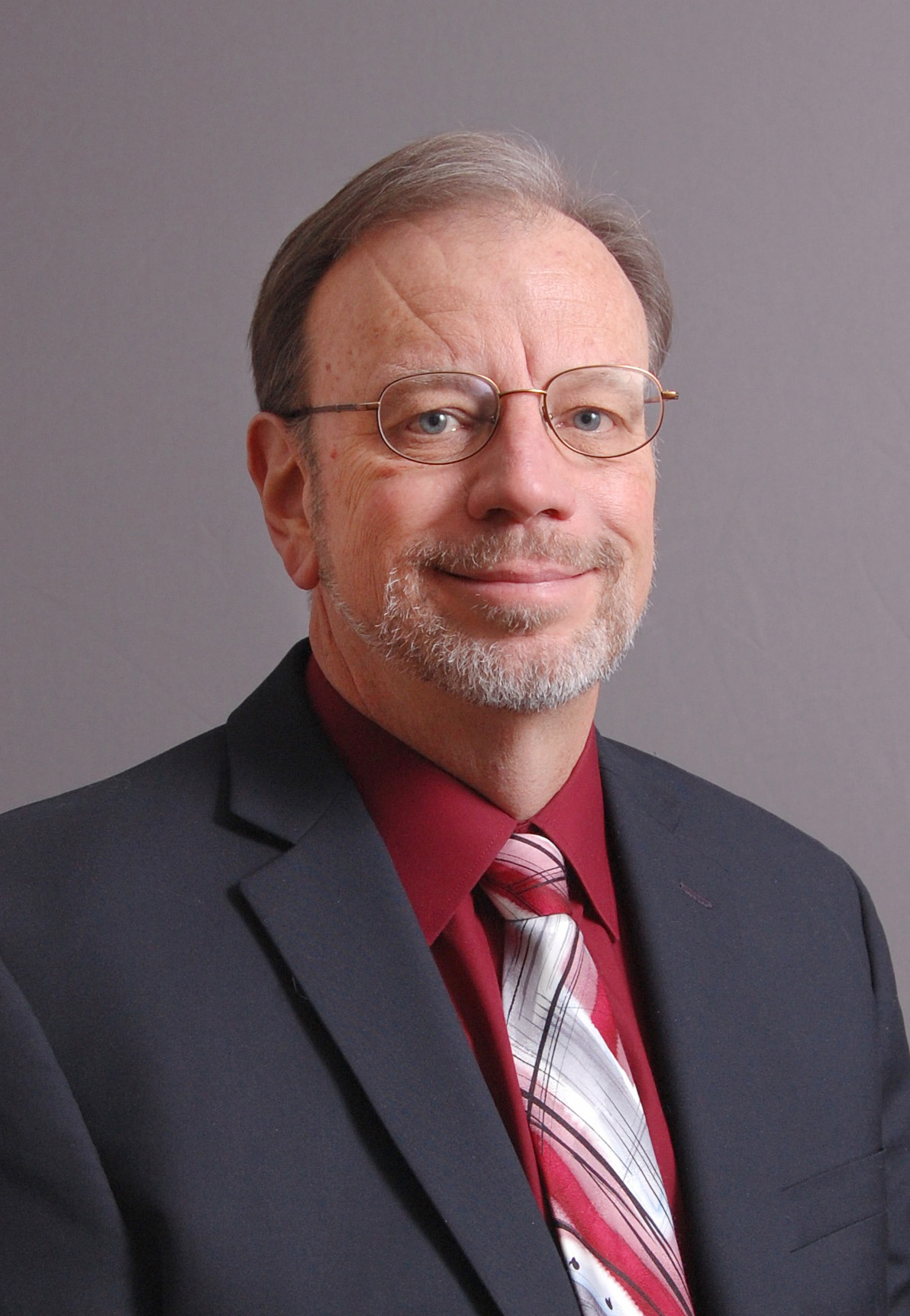Advanced Hypersonic Weapon work caps Sandia Labs honoree’s career
ALBUQUERQUE, N.M. — The chief engineer of Conventional Prompt Global Strike programs at Sandia National Laboratories has been honored with a national award for his outstanding contributions to precision strike systems.
Gary Polansky, an engineer in Sandia’s Flight Systems department, won the 2013 Precision Strike Association Richard H. Johnson Technical Achievement Award for his technical leadership of several hypersonic flight systems and hypersonically delivered warhead systems. The award was presented Oct. 23 at the annual Precision Strike Technology Symposium at the Johns Hopkins University Applied Physics Laboratory in Laurel, Md.

“Gary’s engineering skills have led to an era of technological innovation for Sandia’s conventional global strike programs that have culminated in the success of the Advanced Hypersonic Weapon,” said Eric Schindwolf, deputy director of Strike Systems & Aerospace Technologies at Sandia. “This award recognizes Gary’s amazing 30-year engineering career at Sandia and his exceptional contributions to develop cutting-edge technology to protect our national security.”
The award is given to a public or private sector person for contributions to precision strike systems. It is named for Richard H. Johnson, an aircraft and missile designer who worked for former Dallas-based Temco Aircraft, Texas Instruments Inc., Raytheon Co. and other defense companies during his career. Johnson received the first Johnson Trophy posthumously for leading the design or redesign of more precision strike airframes than any contemporary designer.
Advanced Hypersonic Weapon benefits from Polansky’s work
Polansky’s career-long achievements resulted in the first successful test flight of the Advanced Hypersonic Weapon (AHW) from a Sandia test facility in 2011. The glide body flew across the Pacific Ocean to a precision impact in the target area.
The successes of the team have led to further development of the AHW concept for the U.S. Army Space & Missile Defense Command and of hypersonic boost-glide technologies for other potential Department of Defense applications.
Polansky holds a doctorate from the University of Texas at Austin and has worked for more than 30 years at Sandia in national security, nuclear energy and environmental programs. Polansky has authored or co-authored more than 50 technical publications in computational physics, nuclear technology and hypersonic systems.
He has made key contributions to such programs as aerospace systems, space nuclear power and propulsion, nuclear energy and nuclear materials management. Polansky is a member of the American Society of Mechanical Engineers and an Associate Fellow of the American Institute of Aeronautics and Astronautics.
In addition to the AHW, Polansky has provided Sandia with technical and management leadership of hypersonic flight systems and hypersonic-delivered warhead systems for other government agencies.
Sled track testing of advanced warhead concept
In 2006, Polansky led the development and rocket sled testing of Kinetic Energy Projectile (KEP) warheads. Three successful tests demonstrated the viability of the concept in a prototype configuration and established the technical basis for future KEP warheads.
Polansky also led the technical team that conducted sled track tests of an advanced fuze for high-speed penetrators. He was instrumental in developing new rocket-sled, payload-separation technology that enabled the longest ever free-flight of a separated vehicle to target impact. The test delivered conditions that were groundbreaking in their precision for the initial test of the high-speed penetrator in its delivery vehicle.
In 1990, Polansky helped develop high-performance nuclear thermal propulsion for the Strategic Defense Initiative Organization. This team performed several successful reactor experiments showing the feasibility of an advanced nuclear fuel.
Throughout his career, Polansky has been involved in aerospace nuclear safety by advising the Interagency Nuclear Safety Review Panel, which reports to the White House on space missions that carry radioactive materials. His work directly supported presidential-level decisions to launch the Pluto New Horizons and Mars Science Laboratory space missions.